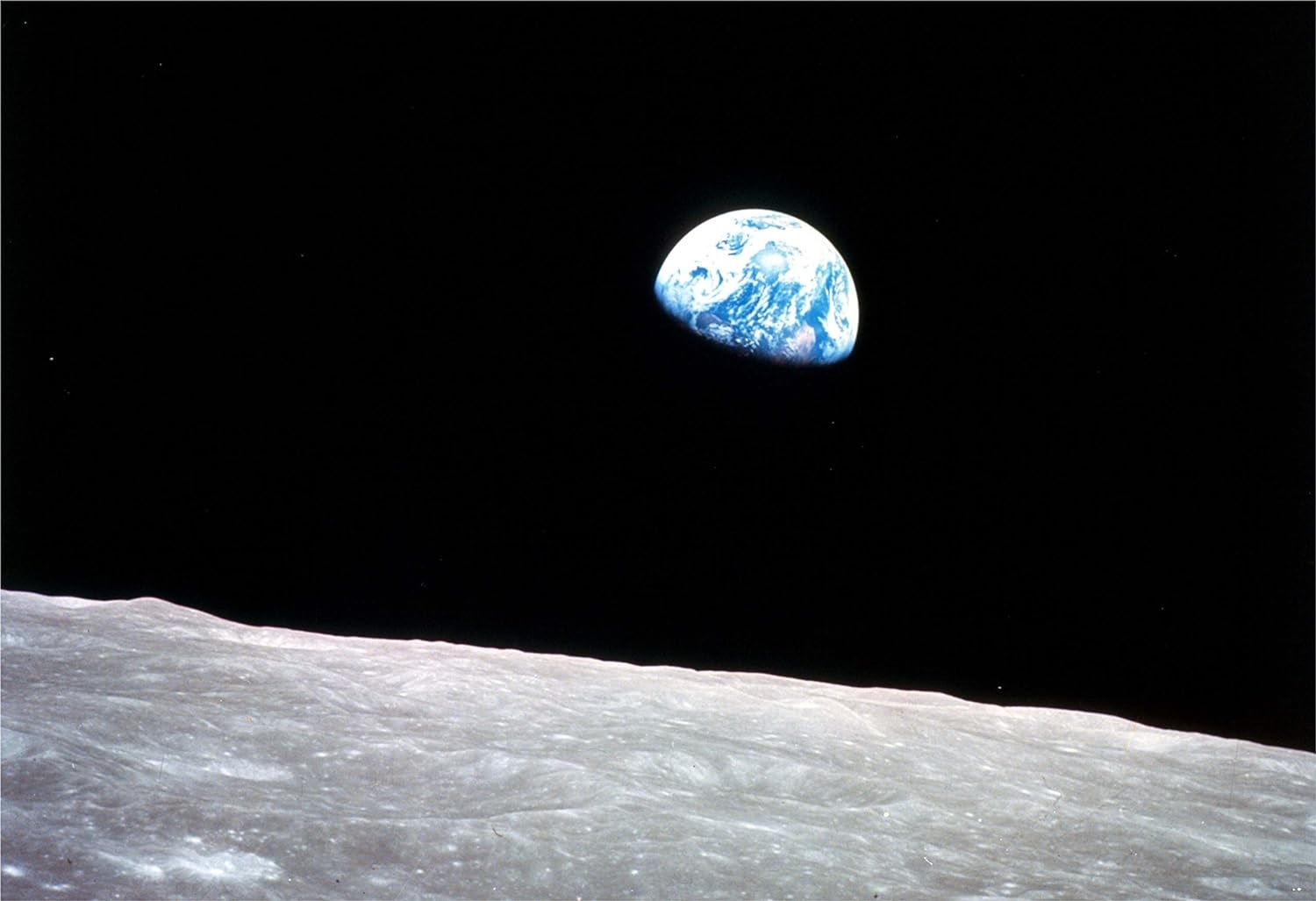To Create Sustainability, Change How People Think
Any time we take the initiative to create sustainability, we are intervening in a system. Systems are messy and resistant to change. Think capitalism (aka greed), or our weather (e.g. Climate Change), or local government (government of any size), or my daily routine (how dare you mess with that!). What hubris, thinking that we as individuals can change these systems!
Donella Meadows (1941-2001) is one of my heroes in that regard. I came to know her though an article she wrote in Whole Earth Review in 1997. A tweaked version of that article is entitled “Leverage Points: Places to Intervene in a System.”
Meadows listed a dozen ways to intervene in a system increasing order of effectiveness. Low on her list was change the numbers. Raising the price on gasoline hasn’t stopped us from driving. Building infrastructure, like mass transit, is good but takes a lot of time and money. In the middle of Donella’s list is negative and positive feedback. Tax credits do work to encourage solar and wind development. Changing the rules like enacting a Clean Water Act can be game changing – when Congress can agree.
AND, at the top of Dr. Meadows original list of interventions is Change how people think. In her more refined words, “The mindset or paradigm out of which the goals, rules and feedback structure arise.” You’ve seen how politicians and advertisers use this strategy. Here I will offer examples in the environmental arena.
Some books move our environmental consciousness to a new level.
- William Rees and Mathis Wackernagle made resource accounting more accessible and visceral by publishing Ecological Footprints.
- My book, Our Environmental Handprints, links proactive environmental action to the callings of craftspeople and healers. The shift: go beyond the diminishing return mindset of dong less harm.
- The Man Who Planted Trees portrayed a fictional man recovering a landscape in France. The essential plot line has since been manifested in China, Columbia, Ethiopia and India.
- The Hundredth Monkey portrays monkeys whose new-found skill leaps from island to island. This bestseller also was fiction. But the idea became a trope for working for a cause until the idea goes viral. The book The Tipping Point also reinforced this optimistic mindset. Suddenly (it seems) we’re seeing solar electricity everywhere!
Art and theater invite us to look at things differently.
- Greenpeace’s audacious antics are intended to wake up people who are complacent with corporate agendas.
- Paola Fiorelle Bernoin, in California’s Carmel Valley, paints pictures of endangered birds. Just talking about the project calls attention to our connection with their fate.
- Paintings by Thomas Moran helped a nation fall in love with what is now Yellowstone National Park.
- An iconic photograph by Ansel Adams helped inspire a nation to create Mt. McKinley (now Denali) National Park. This and other of his nature photographs are featured in a recent isssue of U.S. Postal Service stamps.
Viewing ourselves as part of the whole helps us care about the bigger picture.
- Scientists James Lovelock and Lynn Margulis developed the Gaia Hypothesis that the earth is a self regulating system that perpetuates the conditions necessary for life. This has influenced millions to take a holistic view of planetary issues.
- Likewise, NASA’s photographs of the Earth from the Moon give us a sense of how finite, beautiful, and worthy of our care this planet is.
- The Pachamama Alliance brings to the northern hemisphere teachings from indigenous cultures of South America who view the earth as a sacred mother. This has influenced thousands to become activists on her behalf.
- This Spaceship Earth, as a blog, reminds us that we’re all in this together, we’re all crew.
There is also a role for focused environmental education.
- Back in the 1970’s, a Saturday morning coffee at my boss’s house revealed the problems with nuclear power. I quit my aerospace job, returned to college, and shifted my career to renewable energy and energy conservation.
- A short video by Will Grant suggests that we can be most effective when engaging local institutions. With this empowering mindset Hilary Kobrin created a Environmental Action committee at her Temple Beth El in Ft. Myers, Florida. This led to a dozen churches and temples taking action as part of Interfaith Power and Light.
Changing how people think is difficult to do. Other approaches still have their place in our game-changing toolbox. But notice, paradigm shifting can be less resource-intensive than building a transmission line or passing a law. The likes of you and me can take on the challenge.
Between 1986 and 2001, Donella Meadows wrote a weekly syndicated newspaper column called Global Citizen. She applied the power of systems thinking to all sorts of worldly issues. The archive of those 700+ articles is readily accessible at https://donellameadows.org/global-citizens-columns/.
This story is adapted from Jon Biemer’s upcoming book, Our Journey to Sustainability: How Everyday Heroes Make a Difference. Jon is registered in California as a professional Mechanical Engineer. In 2021 he published Our Environmental Handprints: Recover the Land, Reclaim the Future. Both books are available from on-line booksellers.

